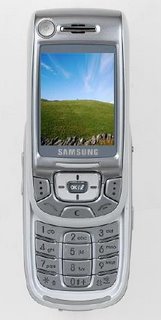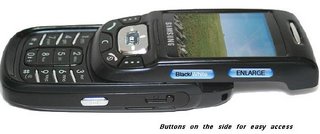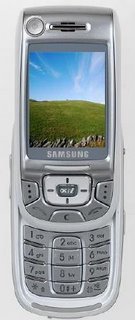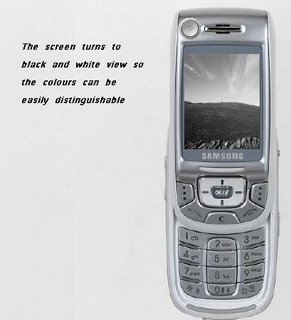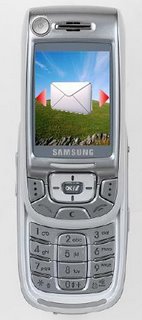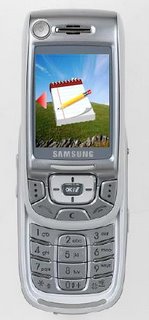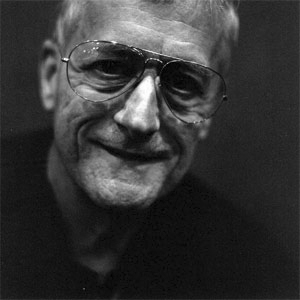CCS (VOIP (Voice over Internet Protocol))
VOIP is the basis of routing a voice conversation over a LAN network or WAN (Internet). VOIP protocols are used to carry analogue audio signals over the IP network, and allow both participants to engage in a normal conversation. Thw analogue waves is converted into digital and then mack to analogue when it is reecieved by the participant at the other end of the phone line. Users that already have an broadband Internet connection can normally use VOIP at no additional cost if talking to each other via a PC.

There are three ways in which to use the voip service. These are:
ATA: (Analogue telephone adaptor) This is an analogue-to-digital converter that allows you to connect a standard phone for use of transferrring voice signals over a broadband Internet connection.
IP Phones: These are specialized phones that have all the hardware/software necessary to make phonecalls via VOIP. An example of a phone that uses this technolog is a Skype phone.
Computer-to-Computer: Using a PC, software, speakers, a microphone, a sound card, and an Internet connection, you can make long distance phone calls for free. The Skype software is free and allows you to add people and chat to othe people with skype accounts.
The majority of consumer VoIP solutions do not support encryption yet. As a result, it is relatively easy to eavesdrop on VoIP calls and even change their content. There are several open source solutions that facilitate sniffing of VoIP conversations.

